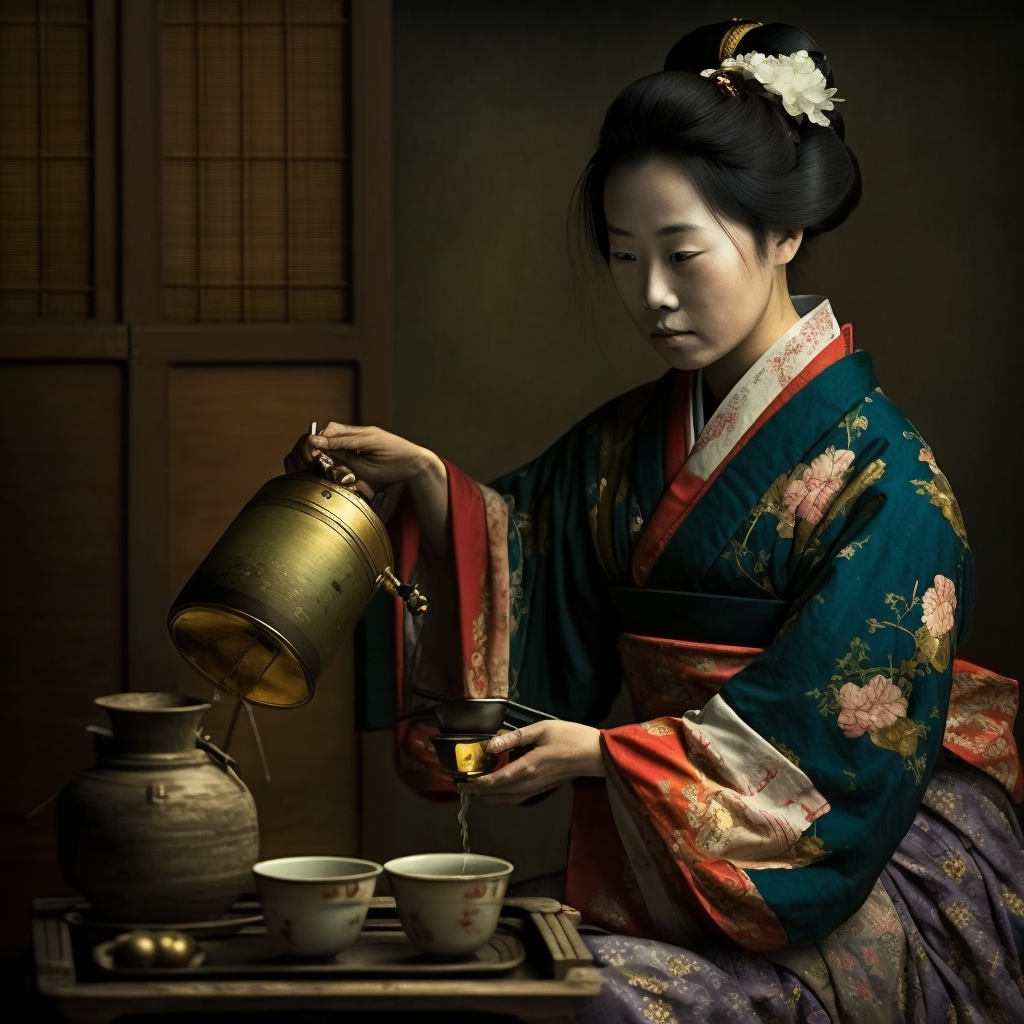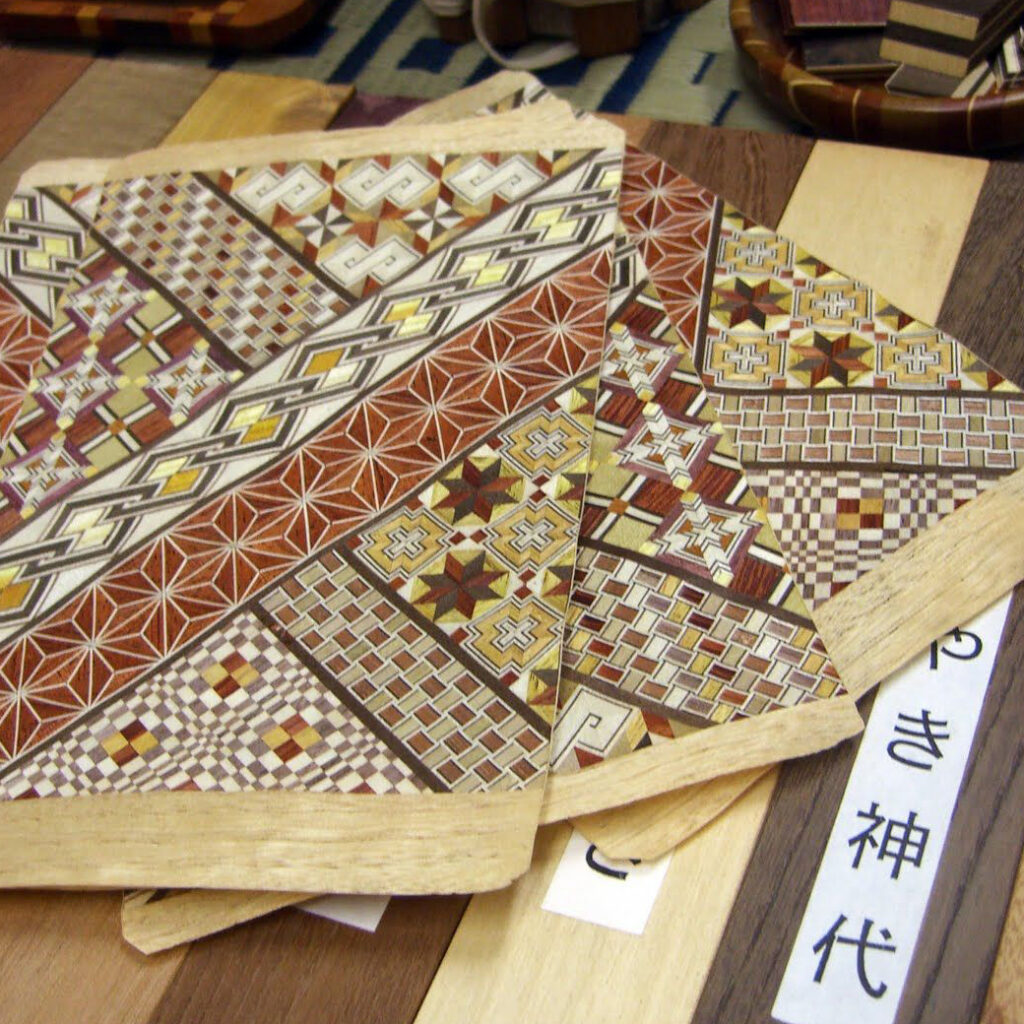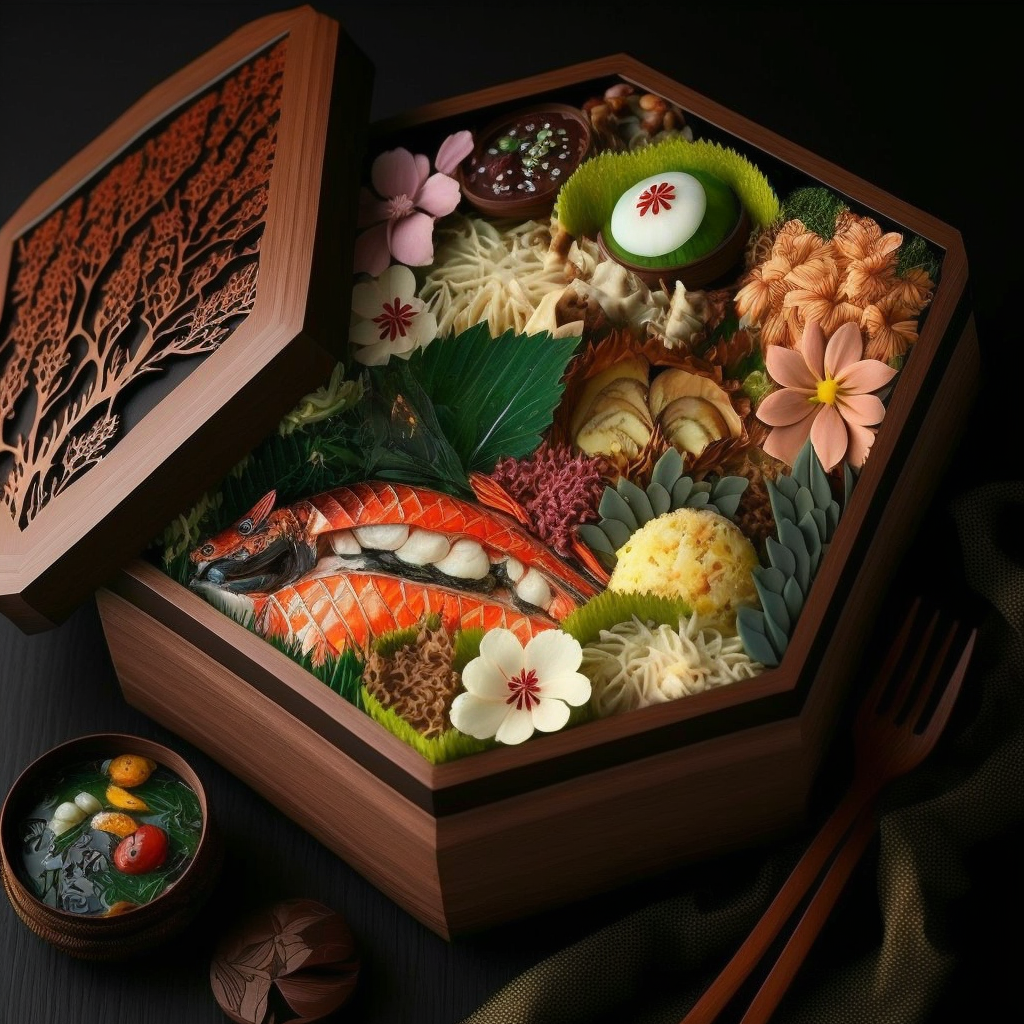The tea ceremony, also called chanoyu or ocha in Japanese, is a ritual of drinking tea in a ceremonial and formal manner. This ceremony is considered an art in Japan and has been practiced for centuries.
Utensils
- Chakin (茶巾) is a small cloth used to wipe the teacup when serving Japanese tea.
- Fukusa (袱紗) is a kind of silk blanket used in Japanese tea ceremony to cover gifts.
- Hishaku (柄杓) is a bamboo ladle used to pour boiling water into the tea cup during the tea ceremony.
- Chawan (茶碗, chawan) is a ceramic cup specially designed for drinking tea in the Japanese tea ceremony.
- Natsume (棗), or cha-ire (茶入れ) is a small ceramic pot used to store powdered tea in the Japanese tea ceremony.
- Chashaku (茶杓) is a small bamboo spatula used to measure the amount of powdered tea needed for tea preparation.
- Chasen (茶筅) is a bamboo whisk used to stir powdered tea into boiling water to make tea in the tea ceremony.
- Tetsubin (鉄瓶) is a cast iron pot used to boil water for tea in the Japanese tea ceremony.
The course
The tea ceremony takes place in a small building called a chashitsu (茶室), which is dedicated to this activity. It generally consists of six main steps:
- Purification: The practitioner washes his hands and mouth to purify his body and mind.
- Preparation: The tea is prepared and laid out in anticipation of the ceremony. The water is heated with the help of a cast iron tetsubin kettle usually unglazed, placed on a Hibachi.
- The decoration: The room is decorated with flowers, incense sticks and candles.
- The ritual: The practitioner stands up and turns west to greet the front door, then east to greet the tea altar.
- Preparation of tea: The practitioner prepares tea by using a whisk and a teapot to add boiling water.
- Tasting: Guests drink the tea and enjoy its flavor and fragrance.
The tea ceremony is often seen as a moment of respite from the hectic pace of modern life and is seen as an opportunity to cultivate simplicity, beauty and inner peace. Guests are invited to focus on the present moment and enjoy the sensations that the ceremony provides.
Finally, the tea ceremony is not just a tea drinking ceremony, but is considered a form of artistic expression. Tea practices, such as decorating the room, preparing the tea, and the ritual itself, can all be considered art forms and are seen as ways to cultivate inner peace and spirituality.



